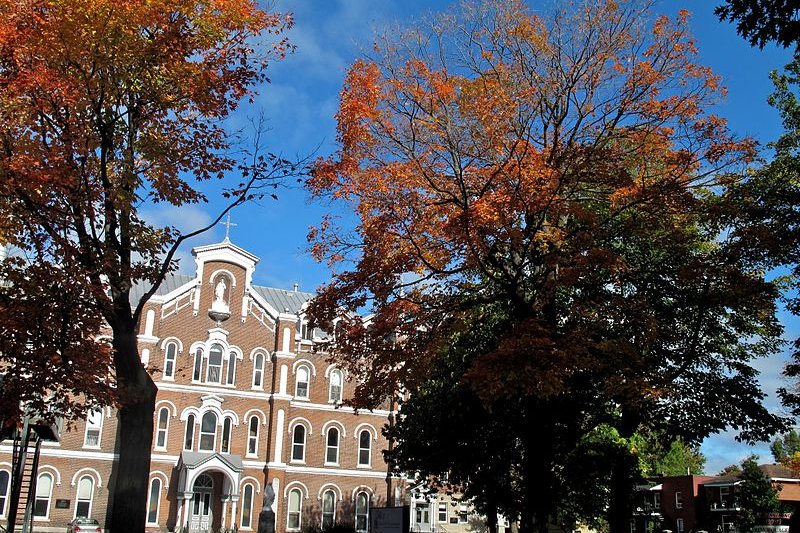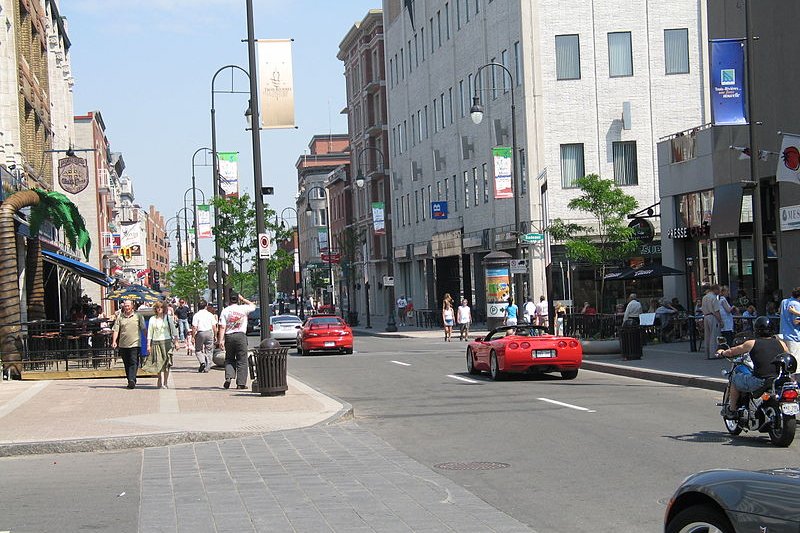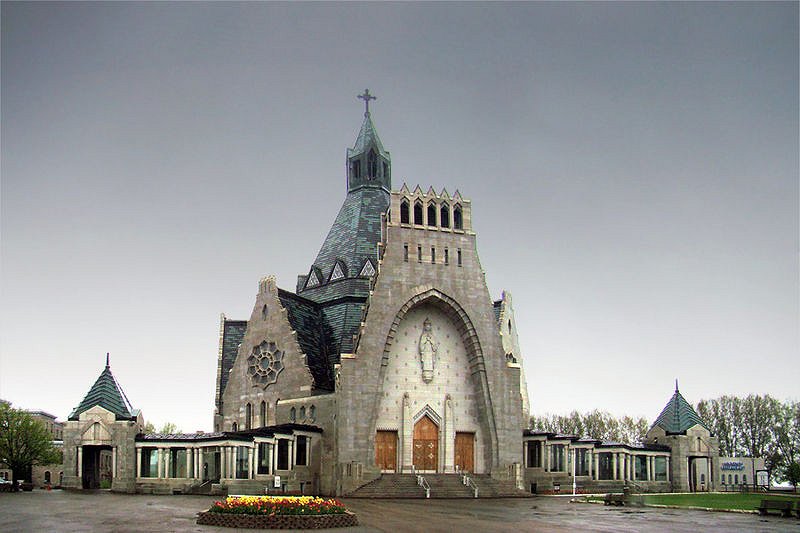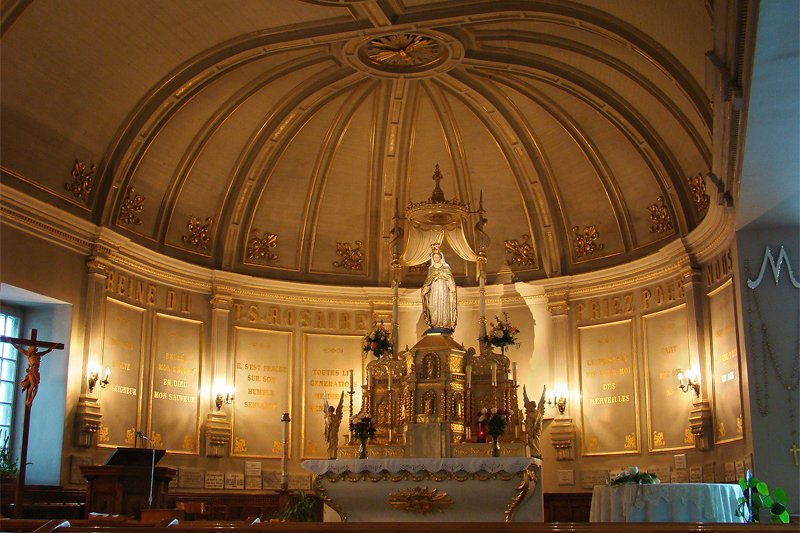 Trois-Rivieres, Quebec
Trois-Rivieres, QuebecSource: https://commons.wikimedia.org/wiki/File:Trois-Rivi%C3%A8res_1835_(8200571298).jpg
Author: Alain rouiller

Trois-Rivières is a city at the confluence of the Saint-Maurice River with the Saint Lawrence River in Quebec. Its name means "three rivers" in French, as two islands (Île Caron and Î Saint-Quentin) on the Saint-Maurice River split its mouth into three openings as it flows into the Saint Lawrence River. Trois-Rivières covers 288.92 sq km (111.55 sq mi) and has a population of 131,000 people (2012 estimate).
 Downtown Trois-Rivières
Downtown Trois-RivièresSource: https://commons.wikimedia.org/wiki/File:Trois-Rivi%C3%A8res_Des_Forges.JPG
Author: Claude Boucher

When French explorer Jacques Cartier arrived at the site of Trois-Rivières in 1535, the area was inhabited by the Algonquin and Abenaki tribes of First Nations. The area was first called Trois-Rivières by Captain Dupont-Gravé in 1599. French navigator Samuel de Champlain, while surveying the site in 1603, recommended it as ideal for a settlement. When the settlement was established in 1634, it became the second permanent settlement in the colony of New France after Quebec City.
In 1760, France lost Trois-Rivières to the British. This followed a period of discrimination against the French-speak Roman Catholic population until the Quebec Act of 1774. Two years after the Act, the British successfully defended its position at the Battle of Trois-Rivières against the Continental Army of the colonies that later became the United States of America.
 Basilique Notre-Dame-du-Cap, Trois-Rivières
Basilique Notre-Dame-du-Cap, Trois-RivièresSource: https://commons.wikimedia.org/wiki/File:TroisRivieres_NDduCap1_tango7174.jpg
Author: Tango7174

Despite being ruled by the British, the French-speaking city of Trois-Rivières continued to grow and industrialize. Since the 1738, it had become the oldest industrial city in Canada, with a foundary producing iron to support France's shipbuilding industry. In the late 1920s it became a major player in the pulp and paper industry.
By the 1960s most of its heavy industries were in decline, creating unemployment that peaked at 14% in the 1990s. Since then Trois-Rivières has diversified into electronics, thermoplastics and the aeronautical industries.
Visiting Trois-Rivières
You can reach Trois-Rivières by taking Autoroute 40 that passes through the city between Montreal and Quebec City. Petit Sanctuaire Notre-Dame-du-Cap, Trois-Rivières
Petit Sanctuaire Notre-Dame-du-Cap, Trois-RivièresSource: https://commons.wikimedia.org/wiki/File:TroisRivieres_NDduCap4_tango7174.jpg
Author: Tango7174

Places of Interest in Trois-Rivières
- Monastère des Ursulines
- Basilica of Notre-Dame-du-Cap
- Old Prison of Trois-Rivières (Vieille prison de Trois-Rivières)
- Québec Museum of Folk Culture (Musée québ&eaucte;cois de culture populaire)
 Latest updates on Penang Travel Tips
Latest updates on Penang Travel Tips

Copyright © 2003-2025 Timothy Tye. All Rights Reserved.

 Go Back
Go Back